Let’s imagine that you are the investor’s representative in a contract carried out in the traditional way: design, tender, and then construction. Or that you work for a contractor that has just won a design and build project. In both cases, your organization is responsible for producing the project documentation needed for the execution of the works. How will you ensure that it is delivered on time, in the right quality, and without exceeding your design budget?
We could add one more situation to the example described above: you work as the main designer and you have the task of coordinating different disciplines in a design office and contacting your client, i.e. an investor or a contractor.
Looking at the entire life cycle of a project, design is mostly done in the early stages. Of course, depending on the type of contract, the investor’s assumptions, schedule and many other variables, it may start already in the concept phase and end with the contractor handing over the project to the investor. But why do we need to manage the design process?
This is the first article in a series of design management. Please let us know if you liked this post and if we should continue the topic of design management? Or maybe there is some other topic that you would like to read about on our blog? Leave your opinion in the comment below the article!
Table of Contents
Why do we need to manage the design process?
I would like you to consider the following questions first. Have you ever participated in a project in your work where:
- You have exceeded the assumed budget for design?
- Project documentation was delivered late?
- Contractors complained about designers and the quality of documentation?
- Architects and designers had the impression that the contractor was on purpose only pointing out their mistakes?
- The client was not involved in the design process?
- There were communication problems, and at times it even seemed as if there was no communication at all?
- Each organization worked separately, looking for profit only for itself?
Inefficiency, budget overrun, failure to deliver on time, a large amount of waste, collisions at a construction site, conflicts between the parties on the project – many of these things are caused directly or indirectly by poor management of the design process.
In addition, there are other challenges, such as:
- Each project is unique and every time more complex.
- Multiple parties/stakeholders involved.
- More and more frequent design and build contracts.
- There is a high level of technical knowledge and a relatively low level of management and leadership-related knowledge in the construction industry.
I believe that through the proper design management, we are able to achieve the client’s and project’s goals, improve cooperation by streamlining the communication process and deliver documentation on time, with the agreed quality and in accordance with the budget. That is why my goal is to increase awareness of design management and the role of the design manager in the project life cycle.
Who is a design manager?
In simple words, being a design manager can be compared to being a project manager, but for the design process itself.
A definition from site DesigningBuildings is as follows:
Design management (DM) is the process of managing design through the project lifecycle, in order that:
- Project budgets can be satisfied
- Programmes are achieved
- Designs is properly co-ordinated and communicated.
In short, design management is all about organizing, planning, and directing people, their knowledge, and the flow of information to achieve the goals of a project.
Selected specific tasks of the design manager are:
- Coordination between multiple project participants.
- Ensuring that the design process is within the assumed time, quality and budget.
- Signing and supervising the contract with the designer.
- Establishing information exchange systems and processes.
- Support for other people, or taking responsibility for tasks such as BIM manager, for example: establishing CDE, setting requirements for designers, co-creating BEP / BIM manual.
- Control of what has been designed against what is to be done in real life (“buildability”).
- Checking whether the conditions and requirements of the contract, standards, specifications, etc. are met during the design process.
- Searching for optimization opportunities.
- Engaging contractor’s representatives in the design process.
It is worth noting here that the position of ‘design manager’ is very popular, among others, in Scandinavia, Great Britain, and the United States. However, in some countries, it is not a separate technical function. For example, in Poland I have not met a person who would hold this position with just such a name. Some companies have functions in their organizations such as design coordinator, technical department manager, technical director, team leader of designers, or contract engineer. However, none of them fully reflect the tasks and responsibilities of the Design Manager. At the same time, it should be emphasized that regardless of the name of the position in a given country or organization, the design process takes place on every project – and must be managed. Whether it is the responsibility of the client, contractor, designer – it should be properly controlled to avoid the aforementioned errors.
A holistic approach to the design management
Let’s not hide the fact that the demands and responsibility placed on the design manager are high. This is due to the complexity of the tasks facing him and the need for a holistic approach to the design management process. The design manager can have different roles in different phases, companies, and different types of contract. In addition, he should be competent in three main areas.
The first is management and administration. These are tasks that stand on the verge of the role and responsibility of the project manager. They cover the following topics:
- Responsibility for cost, time, and resources in the design process.
- Support in the cost estimate and tendering process.
- Ensuring the required quality of project documentation.
- Information and documentation management.
- Ensuring that design documentation is prepared in accordance with contracts, country laws, standards, and specifications.
- Other administrative activities such as analysis, planning, management, status control.
The design manager must also have technical competence, knowledge, and experience. These tasks require a comprehensive understanding of the construction and design processes, among other things:
- Seeing the whole picture – the complexity and interdependence of various elements of the project.
- Searching for ideas and solutions for optimization.
- Creating documentation of the appropriate quality.
- Coordination of participants in the project process and other stakeholders.
- Appropriate prioritization and decision-making.
- Practical BIM experience.
- Knowledge of the consequences and risks.
The last area is leadership. These are personal qualities and soft skills. And it is in this part that I see the greatest opportunities for improvement for people currently working as design managers. They cover the following topics:
- Leadership.
- Motivation and motivating others.
- Communication and understanding.
- Cooperation and delegation.
- Flexibility.
- Values.
- Feeling of responsibility.
- Authority.
Summary
The design management and a design manager are needed wherever the design process takes place.
Depending on the project and the phase it is currently in, the way it is carried out, and the type of company or organization, the design manager may have different roles. We have limited and often insufficient resources for each project. Already during the starting phase, it turns out that the tender did not take into account all the needs for a number or competence of staff or designers.
Therefore, from my own experience, I know that very often the design manager must be ready to take on more responsibility than his tasks would imply. For example, by taking over the duties of a BIM manager, VDC engineer, or planner. At the same time, I realized that this is actually why I am so interested in the subject of design management. You need to have extensive experience, both general and specialist knowledge, combine it with the objectives of the project, limited resources. And at the same time remember that we are all human beings – always remembering to ensure proper communication and information flow. Virtually every day is different in such a position, with new challenges and possibilities, and that’s what I really like 🙂
And you, dear reader, what do you think about the design management?
What are your experiences with this subject?
Is there a design manager in your organization, or are the responsibilities associated with that position distributed among many different people?
We are curious about your opinions and comments!
This is the first article in a series on design management. Did you like this post and should we continue this topic? Leave your opinion in the comment below the article!

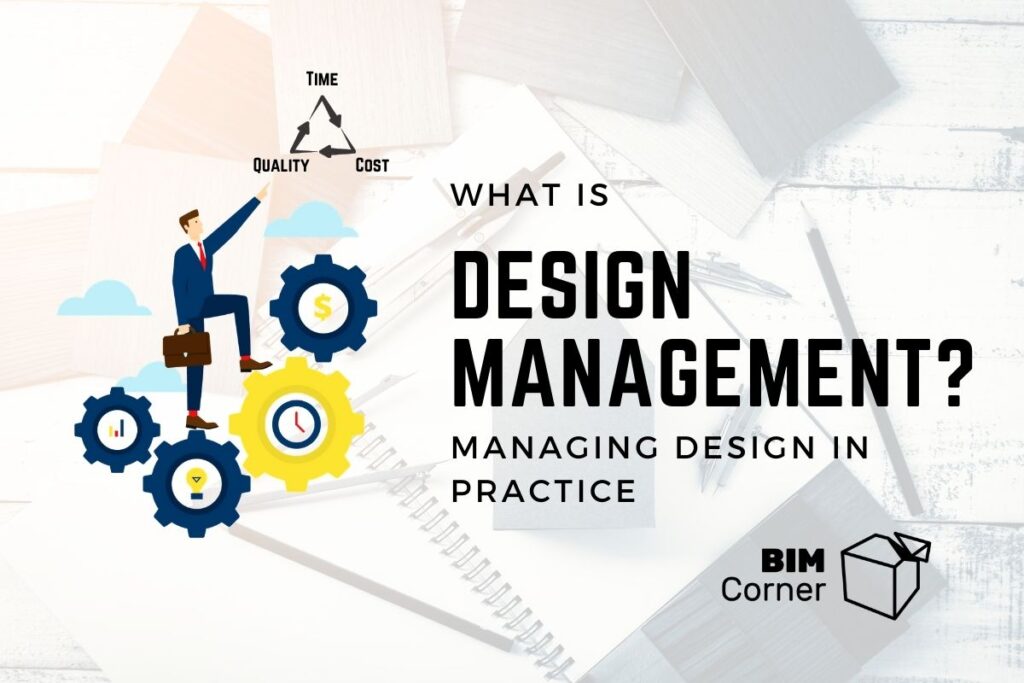
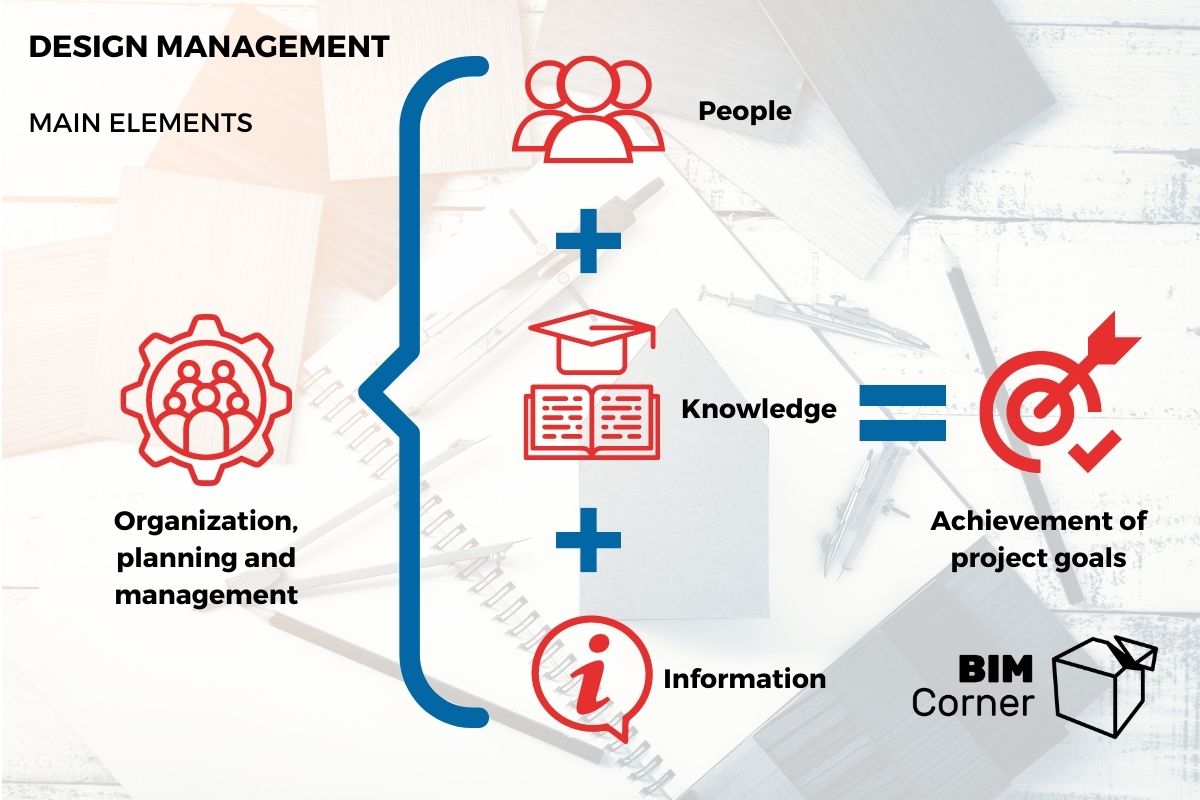
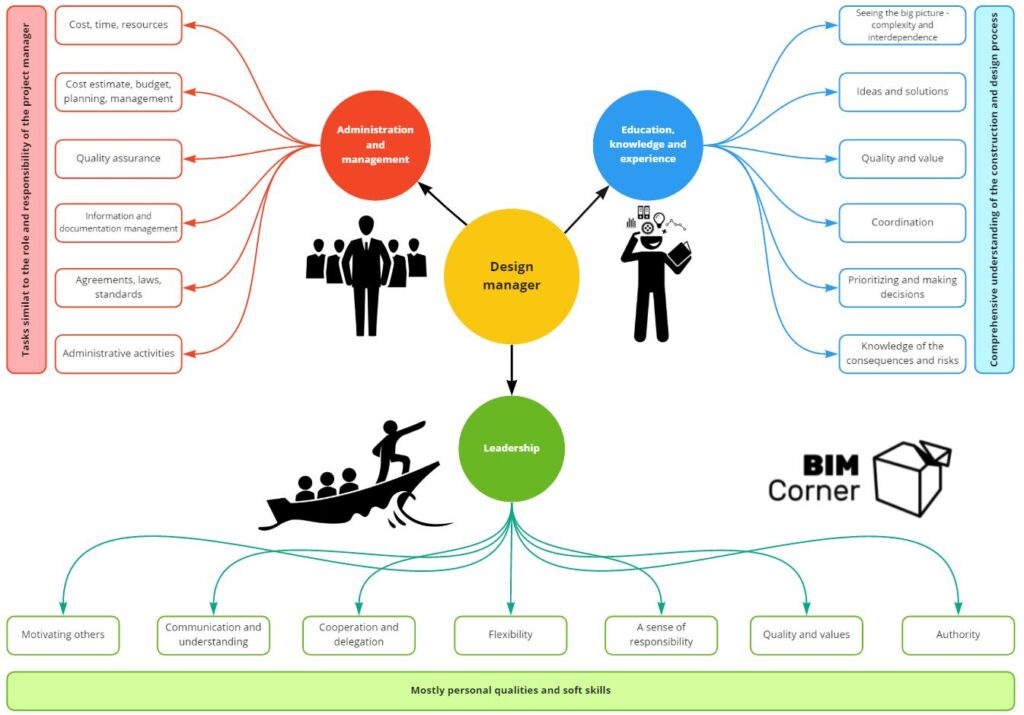



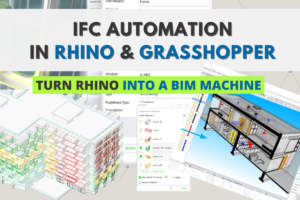
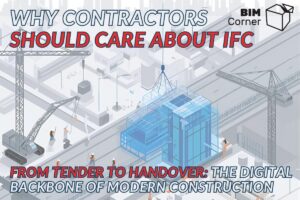
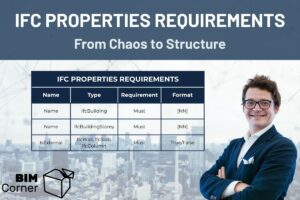

Please continue with this. This is basically my job and there isnt much info out there.
Thank you for the comment David! I have been wondering since I have started in this position: why isn’t there more information about the design management? Any ideas on that?:-)
What is the name of your current position? Where do you work at the moment: in a design office, as a contractor or a client / investor?
This is interesting topic, contract engineer is common in my country to cover above roles however i understand the capacity of BIM to handle is too big, hence i do agree design management is a big help. from where i can see this role most likely to shadow almost every roles that utilize BIM which i find overlapping with other perhaps more elaboration on which far their roles extend might help to ensure keeping single decision maker to avoid issues.
Thank you for the feedback Andi! In which country do you work? And what is your current position?
From my experience, the design manager should be on a project regardless if the BIM is used or not. The DM should coordinate the design activities and, if models and BIM is used, needs to closely cooperate with the BIM manager or BIM coordinator on the project.
Hence it is necessary that the DM has an overview of the whole project life cycle and understanding the value of BIM, VDC, Lean construction and other methods and tools that can be used in order to achieve higher efficiency and deliver the project according to time, schedule and quality.
My contractor side design manager is very good and provides an excellent example of what a design manager does. Your article is 100% correct. Thankyou for the write-up!
Thank you for the comment Liz! I am glad that somebody can find it useful:-)
I think Design Manager roles are gaining more visibility globally.
I have been working over 10 years in Design Offices over several countries in Latin America and my role “title” never was quite right, it was always short some how or my boss would use a couple of titles to introduce me to clients – “She is the PM and Designer Lead of the project”.
And I been working as a Design Manager for the last few years and have to say that the Design Process are much more streamline since I have a proper “accountability” over the whole process.
And you are totally correct, the task that I usually need to take over or dedicate into more is BIM Management (another role that definitely need more visibility and acknowledgement).
Thank you for your comment and for sharing your experience Carolina! It is very interesting to learn that in the end, we have similar challenges as construction design managers, regardless of the country where we work. And that there is still a lot of work to do in order to ensure that all the stakeholders have the same understanding of the role and the responsibilities of the design manager.